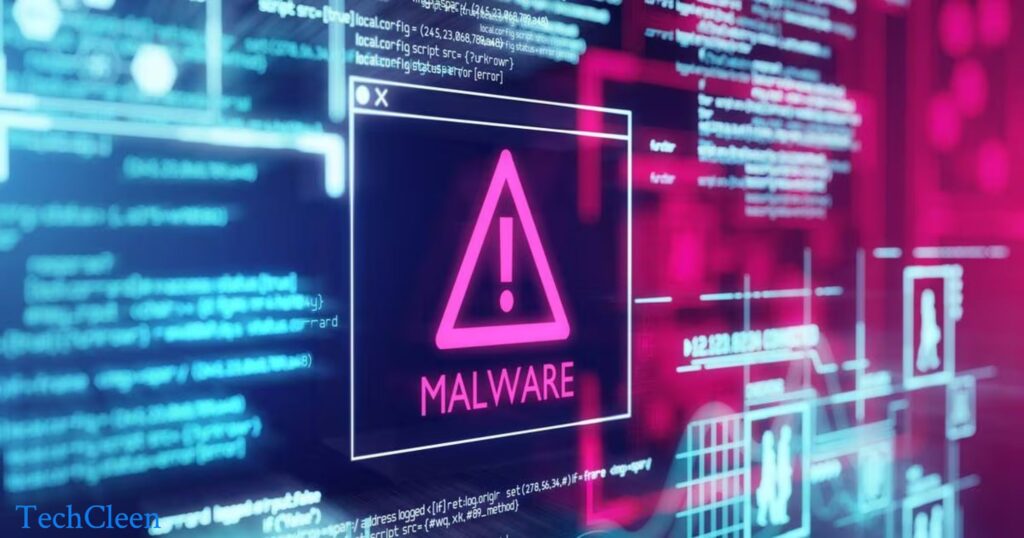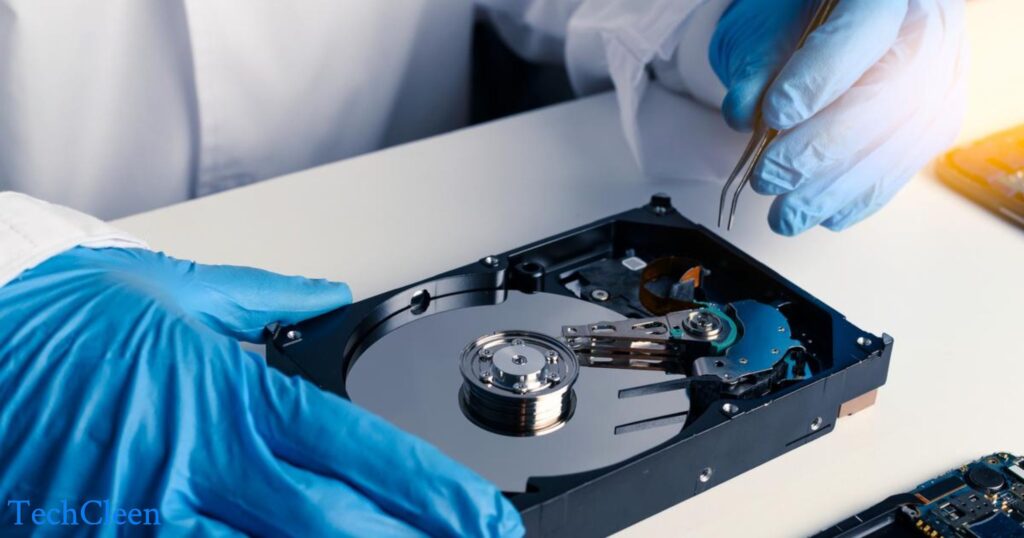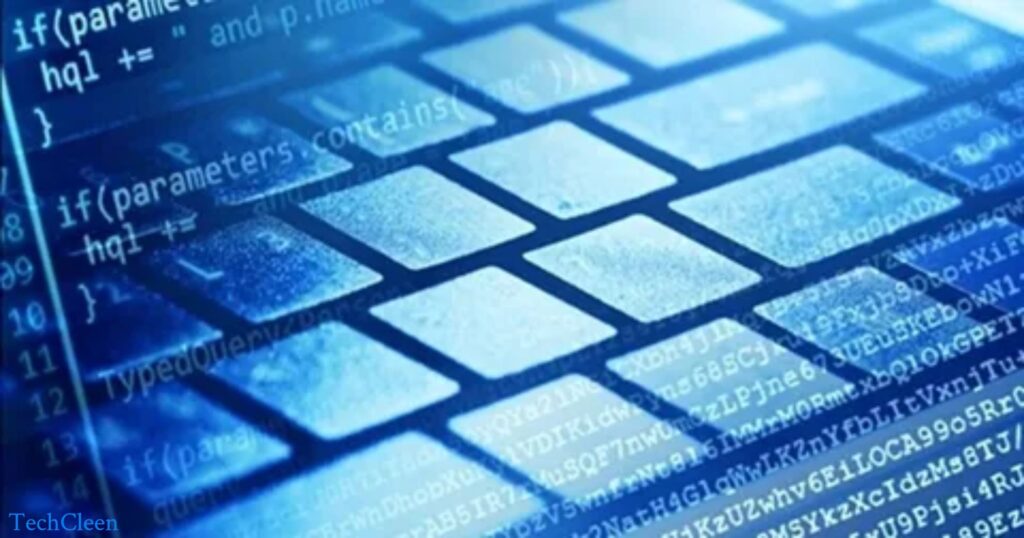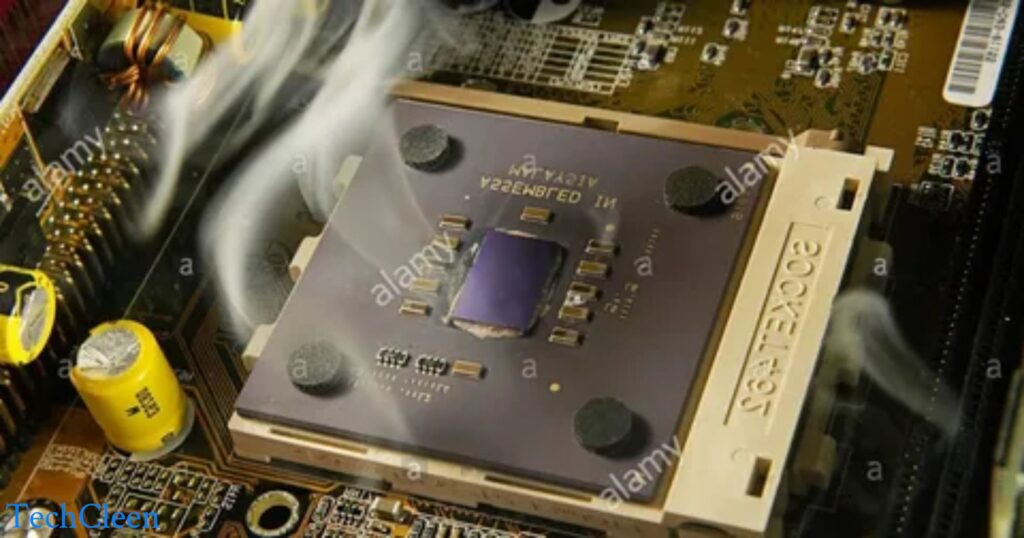Computer health can be compromised by malware attacks, hardware failures, and inadequate maintenance. Viruses and overheating can lead to performance issues, emphasizing the importance of cybersecurity and cooling system upkeep. Regular maintenance, including software updates and hardware care, plays a pivotal role in ensuring a computer’s longevity and optimal functionality.
Ever wondered what could make your computer ‘sick’? Delve into the digital realm where unseen threats like malware attacks, hardware failures, and neglect lurk. From the stealthy invasion of viruses to the silent menace of overheating, the quest for a healthy computer unveils the crucial role of cybersecurity and regular maintenance. Join us in exploring the factors that impact your computer’s well-being and discover the keys to its lasting vitality.
Malware threats, hardware issues like overheating, and neglecting maintenance can compromise a computer’s health. Robust cybersecurity practices and regular system upkeep, including updates and cleaning, are vital for optimal functionality. Users’ awareness and proactive measures play a key role in safeguarding their computer’s resilience and longevity.
Malware and viruses

Malware and viruses represent pervasive digital threats that can significantly impact the health and functionality of computer systems. Malicious software, collectively known as malware, includes a variety of harmful programs designed with the intent to disrupt, damage, or gain unauthorized access to computer systems.
Viruses, a subset of malware, attach themselves to legitimate files or programs and replicate, spreading their malicious code throughout a computer and potentially across networks. These insidious programs can lead to a range of issues, from data corruption and loss to compromised system stability. To safeguard against the perils of malware and viruses, it is crucial for users to adopt robust cybersecurity practices.
This includes regularly updating antivirus software, employing firewalls, and practicing safe online behavior to minimize the risk of infection. Additionally, user awareness about phishing scams, suspicious downloads, and the importance of maintaining a secure computing environment plays a pivotal role in mitigating the impact of these digital threats. As the digital landscape continues to evolve, staying vigilant against malware and viruses is essential for maintaining the health and security of computer systems.
Hardware Failures:

Hardware failures pose a substantial risk to the overall health and functionality of computer systems. Various components, such as hard drives, RAM modules, and processors, are susceptible to malfunctions that can result from manufacturing defects, wear and tear, or electrical issues. One common concern is overheating, as inadequate cooling systems or dust accumulation can lead to elevated temperatures, causing components to fail or perform suboptimal.
Additionally, hardware failures may manifest as sudden system crashes, slow performance, or in severe cases, the inability to boot up. To address and prevent hardware failures, proactive measures are essential. Adequate ventilation, regular cleaning to mitigate dust buildup, and the use of cooling solutions, such as fans or heat sinks, help in maintaining optimal operating temperatures.
Periodic hardware diagnostics and monitoring tools can also aid in identifying potential issues before they escalate. Emphasizing the importance of quality hardware components and handling devices with care further contributes to the longevity and reliability of a computer system, reducing the risk of hardware-related disruptions.
Software issues

Software issues encompass a broad spectrum of challenges that can impact the seamless operation of computer systems. These problems may arise from programming errors, compatibility issues, or bugs within the operating system or individual applications.
A common manifestation of software issues is system crashes or freezes, where an application or the entire operating system becomes unresponsive. Glitches and unexpected behaviors can disrupt user experience, leading to frustration and potential data loss. Preventing and addressing software issues involves regular software updates and patches released by developers to address vulnerabilities and enhance performance.
Compatibility checks before installing new software, as well as keeping drivers up-to-date, can minimize conflicts. User awareness of common software pitfalls and troubleshooting techniques can also play a crucial role in swiftly resolving issues. As technology evolves, staying vigilant to emerging software challenges and adopting best practices in software management contribute to a smoother and more reliable computing experience.
Overheating issues

Overheating issues present a significant threat to the optimal functioning and longevity of computer systems. When a computer generates more heat than its cooling system can dissipate, it can lead to a cascade of problems.
Components such as the central processing unit (CPU) and graphics processing unit (GPU) are particularly susceptible to overheating, and prolonged exposure to elevated temperatures can result in reduced performance, system instability, and even permanent damage. Preventing overheating requires a combination of proactive measures and regular maintenance. Adequate ventilation, ensured by proper positioning of the computer and the use of cooling fans or heat sinks, plays a crucial role in dissipating heat effectively.
Routine cleaning to remove dust and debris from cooling components is equally essential, as accumulated particles can impede airflow, exacerbating overheating. Monitoring system temperatures using software tools and addressing any anomalies promptly can help users identify potential issues before they escalate. By taking these precautions, users can mitigate the risks associated with overheating, ensuring a cooler and more reliable computing experience.
Old and Outdated Drivers and Software
Using outdated drivers and software can significantly impact the performance, security, and stability of a computer system. As technology advances, developers release updates to address bugs, improve compatibility, and patch security vulnerabilities. When users neglect to update drivers for essential components such as graphics cards, sound cards, or network adapters, or fail to install the latest software updates, they expose their systems to potential issues.
Outdated drivers may result in hardware malfunctions, diminished performance, or compatibility conflicts with newer applications, while obsolete software versions may lack essential security patches, making the system susceptible to cyber threats. To maintain a healthy computing environment, users should adopt a proactive approach to updating drivers and software.
Regularly checking for updates from the device manufacturer or software developers and installing them promptly ensures that the system remains optimized and secure. Many operating systems and applications offer automatic update features that simplify this process. By staying current with the latest software releases and driver updates, users can enjoy enhanced performance, improved functionality, and strengthened security for their computer systems.
Power shocks
Power shocks, often caused by electrical fluctuations, surges, or sudden outages, pose a substantial threat to the stability and health of computer systems. These unforeseen events can lead to a range of issues, including hardware damage, data corruption, and even permanent loss of critical information.
Power shocks can affect components such as hard drives, motherboards, and power supply units, potentially rendering the computer inoperable. Protecting against power shocks is crucial for maintaining a resilient computing environment. The use of surge protectors and uninterruptible power supplies (UPS) can safeguard against sudden voltage spikes or power outages, providing a buffer that shields sensitive components.
Additionally, regularly saving work and utilizing backup solutions help mitigate the risk of data loss in the event of an unexpected power disruption. By implementing these protective measures, users can fortify their systems against the adverse effects of power shocks, ensuring the longevity and reliability of their computers.
Network issues

Network issues can significantly impact the connectivity and performance of a computer, disrupting online activities and communication. Common problems include slow internet speeds, intermittent connections, and the inability to access certain websites or online services. These issues can arise from a variety of factors, such as network congestion, router problems, or issues with the Internet Service Provider (ISP).
In some cases, malware or misconfigured network settings can also contribute to network disruptions. Troubleshooting network issues often involves a systematic approach. Users can start by checking their internet connection, restarting the router, and ensuring that all cables are securely connected.
Running network diagnostics or contacting the ISP for assistance may be necessary for more complex problems. Regularly updating router firmware and using reliable security measures, such as strong passwords and encryption, can also enhance network stability. Addressing network issues promptly ensures a smoother online experience, allowing users to make the most of their internet connectivity without disruptions.
Frequently asked question
What is computer sick?
Screen activity, especially prolonged screen activity, can cause something called “cybersickness,” a phenomenon akin to motion sickness that results in very real feelings of nausea, bleariness, dizziness, and migraines.
What can make your computer sick?
The system can become infected with malware and viruses, which can cause performance issues and data loss. A failing hard drive or defective RAM are examples of hardware issues that can lead to instability and crashes.
How long does a PC last?
Every situation is different, but you can expect the average desktop PC to last between three and eight years. Desktops tend to kick on longer than laptops due to the extra space inside the box.
Why is my computer so slow?
If you’re running more programs or bigger files than your RAM, CPU, and disk drive can handle, your computer will run slow. To see how much of each resource you’re using, open the Task Manager by searching for it in the Start menu or by pressing Control, Alt, and Delete simultaneously on your keyboard.
Can a virus turn off your PC?
Some infections may completely destroy files and shut down your computer, while others may only subtly affect your computer’s normal operations. Be aware of any unusual or unexpected behaviors.
Why my PC is overheating?
One of the most common reasons for a PC or laptop overheating is poor ventilation due to dust build-up or obstructed vents. Other reasons include the age of your computer and its components, the system being overloaded with multiple requests, running demanding applications, and being in direct sunlight.
Final conclusion
In conclusion, safeguarding the health and performance of a computer involves understanding and addressing various threats and vulnerabilities. From the insidious infiltration of malware and viruses to the risks posed by hardware failures, neglect in maintenance, and power shocks, users must adopt a proactive and comprehensive approach. Robust cybersecurity practices, regular system maintenance, and awareness of potential issues contribute to the resilience and longevity of computer systems.
Whether it’s protecting against overheating, staying vigilant against software glitches, or fortifying against network issues, user engagement and preventive measures play a pivotal role. By prioritizing these aspects, individuals can ensure a healthier and more reliable computing environment, allowing them to navigate the digital landscape with confidence and efficiency.

With a robust five-year background in the ever-evolving realm of tech gadgets, I bring a wealth of hands-on experience and a deep understanding of the latest technological advancements.











